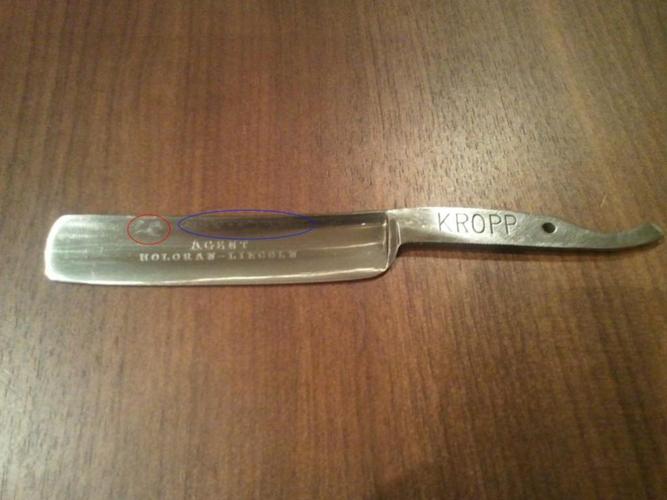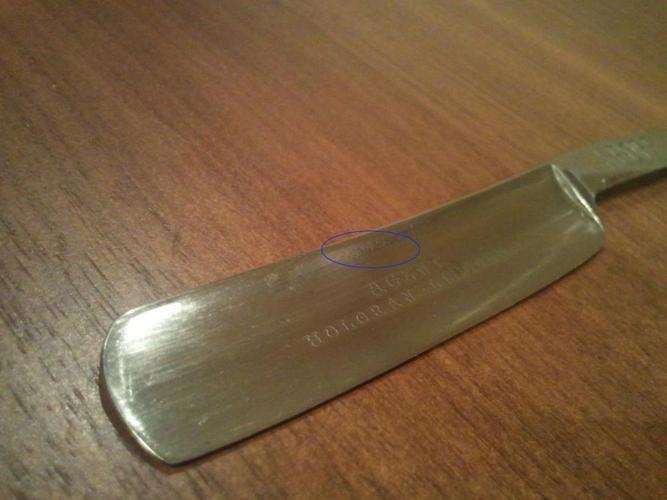Results 1 to 10 of 15
Thread: Advice on hand sanding...
Threaded View
-
01-28-2012, 10:31 AM #1
 Advice on hand sanding...
Advice on hand sanding...
Hi Folks,
The only thing I've ever hand sanded with wet and dry is a aluminium points cover from a motorbike, and wet and dry made easy work on that - I could almost scoop metal out with the wet and dry in a few strokes! So I was quite surprised last night when I started hand sanding this blade to see how little impact I'm having on it.
I'm using silicone carbide paper, and was working with between 80 and 400 grit last night - I only moved to 400 to see if it made a difference (despite what the wiki says!), using warm soapy water. I have't built a permament sanding rig yet, bit I was using a make-shift one made from two wooden blocks.
I've read the wiki, and realise that I need to stay on low-grit, my post is more about how long I it should take.
After about 2 hours, my blade looked like this:


You can see from the first picture, all the rust and dark stains have gone, but you can see where a dark stain was circled in red was and has left a pattern on the blade, and some pitting circled in blue - the second picture give a better idea of how deep this is. There is also a lot of patterened pitting on the tang, despite it looking not bad.
How long does it take to get damage like this out? I was working for an hour and a half, I felt like I was hardly removing moving metal at all last night - the the point of me not being convinced I was! The metal is so hard compared to anything I've worked on before. I can still see a lot of areas I need to work on.
Thanks,
kD


 1Likes
1Likes LinkBack URL
LinkBack URL About LinkBacks
About LinkBacks






 Reply With Quote
Reply With Quote